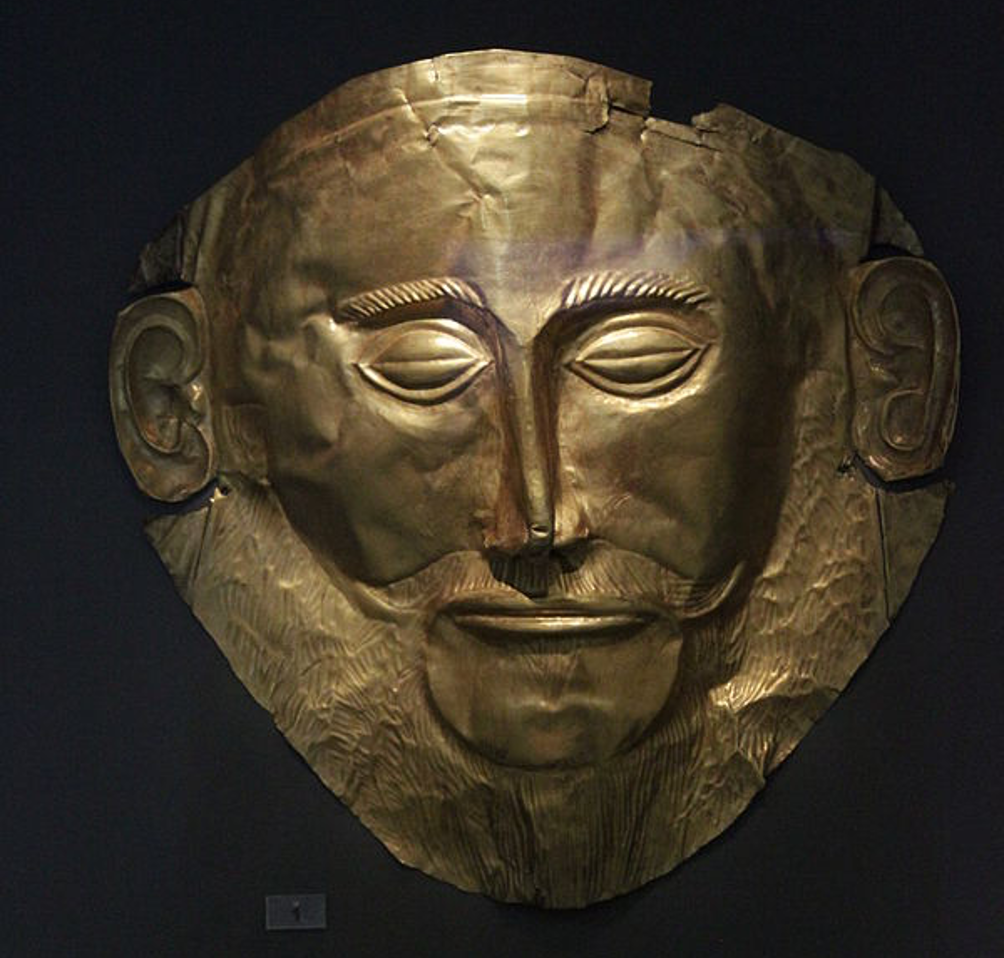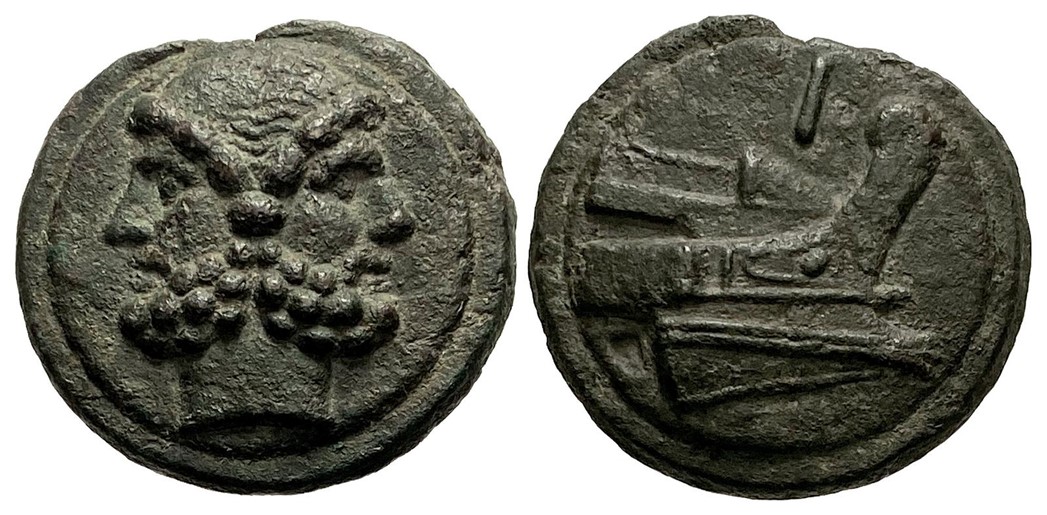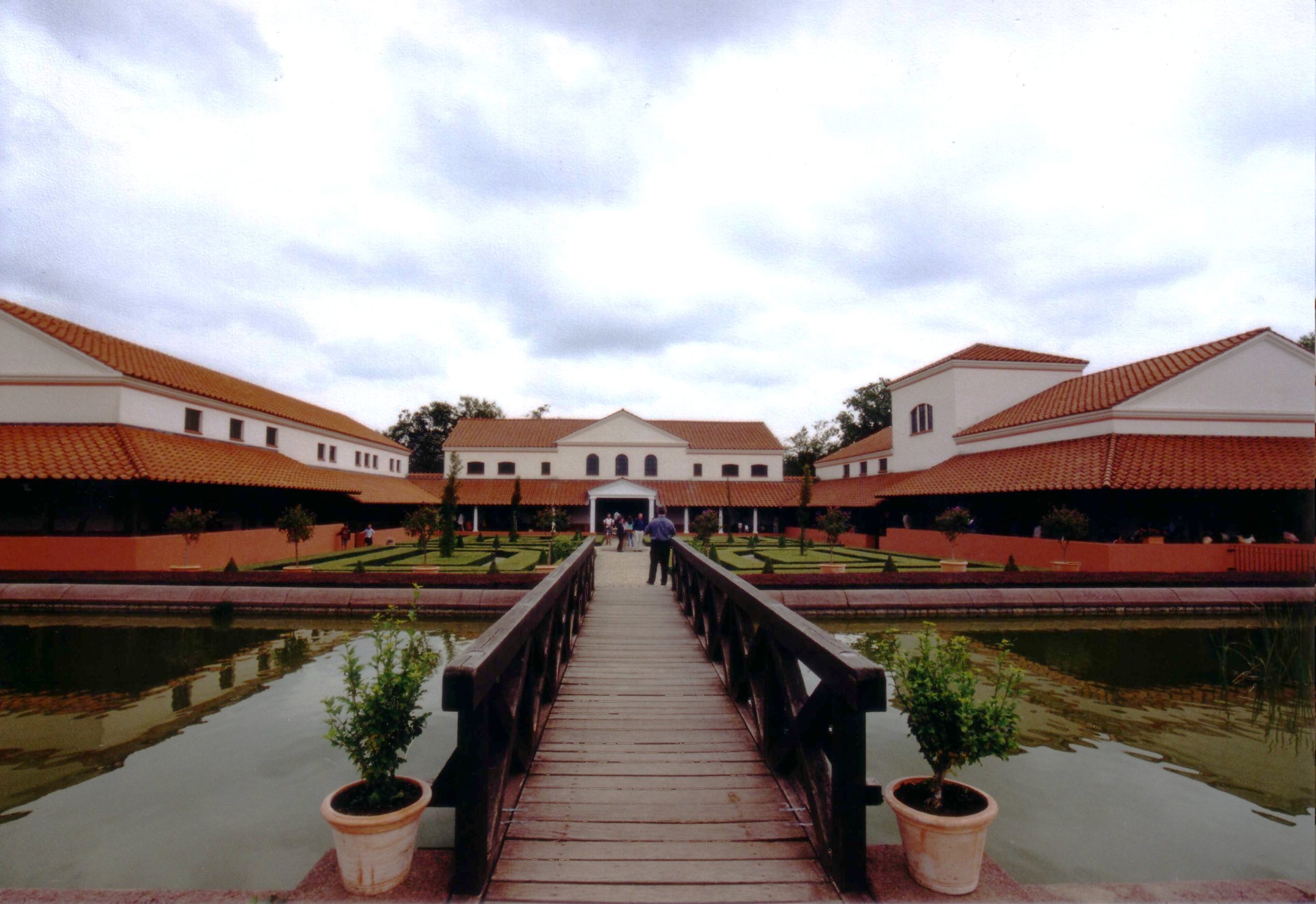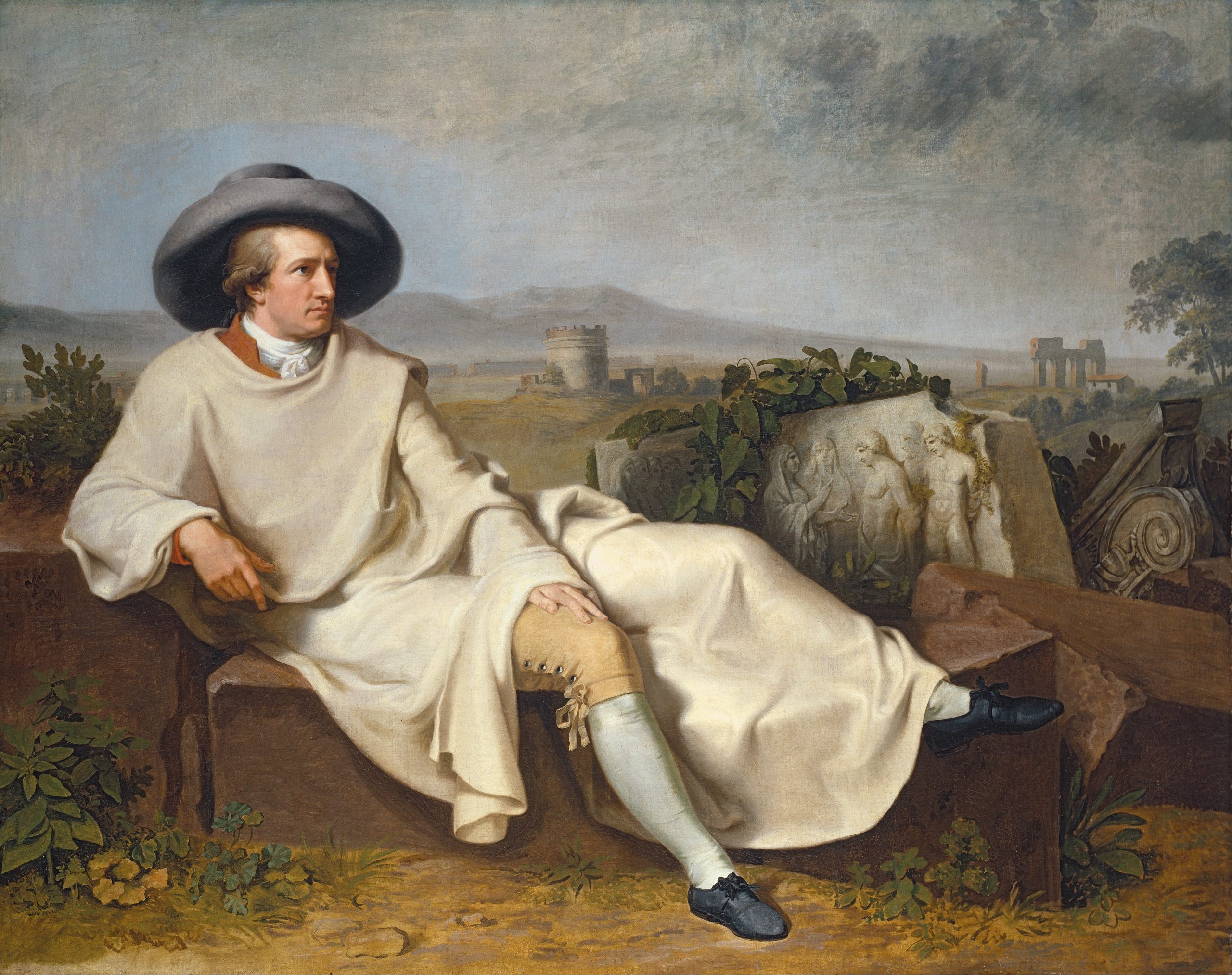
Tony Keen
One of the better April Fools of 2024 was the supposed publication of a Hittite tablet, one that contained correspondence between a king of Taruiša called Pariyamuwa and a Hittite king, about an attack on the city by the sons of Attaršiya, from Ahhiyawa. To anyone familiar with texts from the Hittite empire, which dominated Anatolia in the late Bronze Age (the second millennium BCE), it is obvious what this is meant to be. Taruiša and Ahhiyawā are genuine place names found in Hittite documents and are generally identified with the ancient city Troy and the region of Achaea, one of the Homeric names for Greece. Attaršiya was a military leader of Ahhiyawā, and it has been noted how his name is similar to that of the Greek mythological figure Atreus, the father of Agamemnon and Menelaus. Pariamua or Priyamuwa is a name found on a text of the same period, the name of a man from the Bronze Age kingdom of Kizzuwatna, in south-eastern Anatolia; many linguists see this as the origin of the name ‘Priam’, in mythology the king of Troy. If real, this tablet would have been the Holy Grail of archaeologists of the Late Bronze Age Aegean, the conclusive proof that the Trojan War of Homer really happened.
The Trojan War, the decade-long conflict between the Greeks and the Trojans, sparked by the abduction/rape/elopement (delete according to the version you’re reading) of Helen of Sparta, is a defining event in Greek mythology. All of Greek myth seems to lead up to this event, and after the war there are only the returns, or in Greek Nostoi, of the heroes, and the immediate consequences of those events. The war is most famous in the account of Homer, who composed the Iliad probably sometime in the eighth century BCE.
The Greeks believed the War was a real event. Thucydides, the great fifth-century BCE historian, writes in Book 1 of his Histories about the War as something that had happened in the past. Some historians writing in antiquity tried to date the start of the war, their guesses ranging from 1334 BCE to 1135 BCE (they didn’t, of course, express the dates in those terms).
In more recent times, the War tended to be thought of as a product of the imagination. That was until in 1870, when, following the identifications of Charles Maclaren and Frank Calvert, Heinrich Schliemann began digging at a mound in Hisarlik, in north-western Türkiye. Schliemann declared that he had found Troy, and nowadays, most archaeologists believe him. As a result, an important trope in most, though not quite all, retellings of the Trojan War story is to treat it as if it is historical fiction; as a consequence of that, the gods and almost all elements of the fantastic are removed from direct involvement (the one regular exception to this is accurate prophecy), and the abduction of Helen becomes merely an excuse to shroud what are seen as more plausible motivations, generally centred around power and/or control of trade routes.
But how much can we treat the Greek mythological accounts of the Trojan War as historical? This is a question that has troubled scholars since antiquity. What the truth is behind the Trojan War is still the most commonly asked question about it, as is also the case with King Arthur or Atlantis. Documentaries about the war are called things like ‘The Truth of Troy’, and the British Museum’s 2019–2020 exhibition was ‘Troy: myth and reality’. Plenty of what I shall call ‘positivists’ reconstruct the historical origins of the war.
But there is a fundamental problem with such an approach to myths of Troy, one identified in 1964 by the great Sir Moses Finley in a radio broadcast. He looked at a number of medieval epics that are set in periods for which we have recorded history. He noted, for instance, the Battle of Roncevaux Pass in 778, where Basques ambushed the rear guard of the army of Charlemagne. But in the epic version of this battle in the Song of Roland, the Basques have become Muslim Saracens. Finley comes up with several other examples. In my own teaching, I refer to the Wild West and specifically the 1881 Gunfight at the O.K. Corral. Comparing two versions of that event in movies, in My Darling Clementine (1946) and Gunfight at the O.K. Corral (1957), we find disagreement on whether Doc Holliday survived the gunfight, how many of the Earp brothers were involved, who led the Clantons, and whether Johnny Ringo was present. Even when the movies are in agreement, they can contradict the historical record, e.g. both movies suggest the Clantons were wiped out in the gunfight, whereas two of them actually survived.
Finley’s point, with which I concur, is that mythologised versions of historical events tend to change what actually happened and to do so in ways which are not predictable. We can only control and correct the mythologised narrative through the historical records. But for the Trojan War, we don’t have any historical record. We can only reconstruct the War from the mythology, and we have no way of knowing whether we have done so correctly or not. This makes the whole process rather futile.
The positivist response to Finley is often to say ‘Oh, but look at the archaeology.’ Well, let’s do that. Finley believed as he set out in The World of Odysseus (1954), that the world portrayed in the Homeric poems was mostly that of Homer’s own day. This needs modifying. There is clear evidence of survivals in Homer of a much earlier culture. The shield wielded by Telamonian Ajax in the Iliad appears to be of the ‘tower shield’ type, a form depicted on Minoan frescoes, but which seems to have gone out of use around 1500 BCE, at least seven hundred years before Homer wrote. The great halls, or megara, that Homer describes have echoes in buildings of the Bronze Age discovered archaeologically (it is possible some of these may still have stood, in a ruined state, in Homer’s time). Nevertheless, Finley must be right to a degree, since every creative work is shaped to one degree or another by the time in which it is composed. In any case, as Classicist Peter Jones states in a particularly scathing review of Barry Strauss’ the Trojan War, arguing that the survival of objects of material culture in the literature demonstrates the truth of Homer’s narrative is like saying the existence of vodka martinis and Aston Martins proves that the James Bond movies are true stories.
Much has been made of the archaeology of Troy itself. Troy VIIa, which seems to have been brought to an end c. 1180 bce, shows signs in its last levels of destruction by fire, and spears and arrowheads. There is other evidence from the period of a city facing siege, such as large vessels buried for storage, and stockpiles of stones.
The trouble is, that archaeology rarely answers the sort of questions raised by historians. We don’t know who the stones were being stockpiled for use against, or why bits of the city were destroyed by fire. Archaeologists have sometimes been too eager to extrapolate from skimpy evidence—Anthony Snodgrass’ An Archaeology of Greece (1992) notes the way successive destructions of the city of Mycenae have been extrapolated from a single building that burnt down on multiple occasions. People who say that the Greeks were responsible for the fall of Troy are often doing so on nothing more than the authority of Homer; that’s bending the archaeology to fit literary texts, and as Finley has shown, that’s often methodologically unsound.
There are, of course, plenty of genuine Hittite documents from the period, and at first they look promising. There are references to Ahhiyawā and Taruiša, and to Wilusa, plausibly argued as equivalent to Ilion, an alternative name for Troy. (‘Ilion’ originally began with the Greek letter Digamma, and would have been pronounced ‘Wilion’, but lost the sound when the Digamma fell out of use.) Better still, there is clear evidence in one document, the so-called Tawagalawa letter, that the Hittites and Ahhiyawā had clashed over Wilusa.
But none of this is describing Homer’s Trojan War. In Homer, though the Trojans have allies from other parts of Asia Minor, such as the Lycians, there is no sign of an Anatolian superpower getting involved. Indeed, the Greeks seem to have completely forgotten the existence of the Hittites, even though they were clearly in contact in the Mycenaean period.
All the Hittite documents and archaeology demonstrate is that there might have been a Trojan war or wars, details of which may have informed the Greek legends; but as Finley says, we can’t know how. Positivist reconstructions of the war almost always remove the gods, and often say ‘Well, the war can’t have lasted ten years’. But this again ends up with a Trojan War, not Homer’s, where the gods’ involvement in the action is fundamental to how events turn out. None of which is to say that a Greek expedition against Troy didn’t take place, or that Agamemnon and Priam didn’t exist, merely to say that we have very little evidence one way or another. Like King Arthur, by the time the Trojan War emerges into our texts, it has already been so mythologised that any ‘truth’ is irrecoverable.
That is why my course on the Trojan War, which runs from the end of April, is subtitled ‘Myth, myth and more myth’. My focus will be on the Trojan War as a story, or more accurately as a background against which different stories can be told. We’ll look at how the stories have been told, from Homer right the way up to Troy: Fall of a City (2018). What is the historical truth behind those stories? It doesn’t really matter.
This course runs from 22 April to 1 July, with a break for 27 May. All sessions are two hours, and are recorded. You don’t have to be able to make the live sessions to get the recordings. The course can be booked here.











